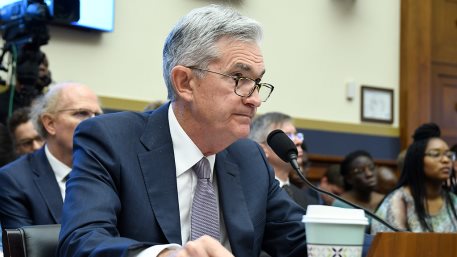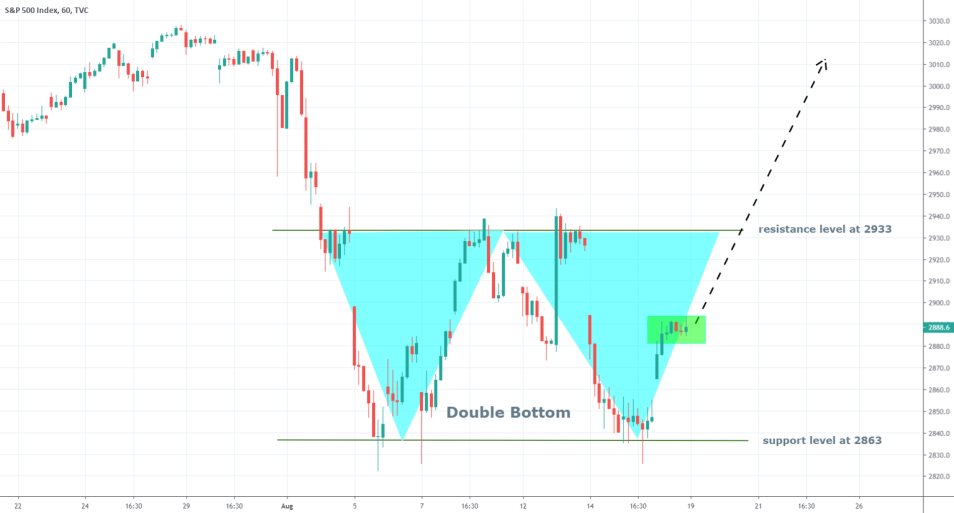
The main event for the week ahead is undoubtedly the annual Jackson Hole Symposium, hosted by the Federal Reserve Bank of Kansas City in the state of Wyoming, which will welcome multiple top bankers from the central banks of the world’s biggest economies, as well as prominent policymakers, academics and economists from all around the world.
The main topics of discussions of this year’s symposium are expected to be focused around the global trend of falling interest rates and the continual heightened tension in international trade. This year the symposium will take place at a time when the market environment is becoming increasingly volatile, which could send the international financial system in turmoil, as global growth wanes and uncertainty related to trade increases at a worrying pace.
Owing to those global concerns, Jerome Powell’s Friday speech titled “Challenges for Monetary Policy” is expected not simply to be the main event of the entire symposium, but to deliver decisive answers to those and other questions.
Jerome Powell’s statements from his previous speech at “Bretton Woods: 75 Years Later – Thinking about the Next 75,” which was a conference organized by the Banque de France and the French Ministry for the Economy and Finance in Paris on the 16th of July 2019, could shed light on the likely points that he can raise this Friday.
“In our baseline outlook, we expect growth in the United States to remain solid, labor markets to stay strong, and inflation to move back up and run near 2 percent. Uncertainties about this outlook have increased, however, particularly regarding trade developments and global growth. In addition, issues such as the US federal debt ceiling and Brexit remain unsolved. Many FOMC participants judged at the time of our most recent meeting in June that the combination of these factors strengthens the case for a somewhat more accommodative stance of policy.” [source]
Thus, the general expectations for Powell’s Friday speech at Jackson Hole are for the chairman of the FED to defend this accommodative monetary policy stance and the FOMC’s willingness to cut the interest rate, by scrutinizing on more or less the same factors, and also by presenting the recent complications for global growth over the last month.
Meanwhile, the interim ceasefire of the trade war between the US and China (you can read more about Donald Trump’s latest decision from last week to temporarily suspend the implementation of the additional tariffs on Chinese goods here) has momentarily halted the tumble of major US indices.
The S&P500 is currently forming a double-bottom price formation on the 1H chart and is trading in a range between 2933 and 2863. Provided that investors and policymakers get satisfied with Jerome Powell’s Friday speech, the price of the index might find the necessary support and break above the resistance level by heading back into bullish territory.





















